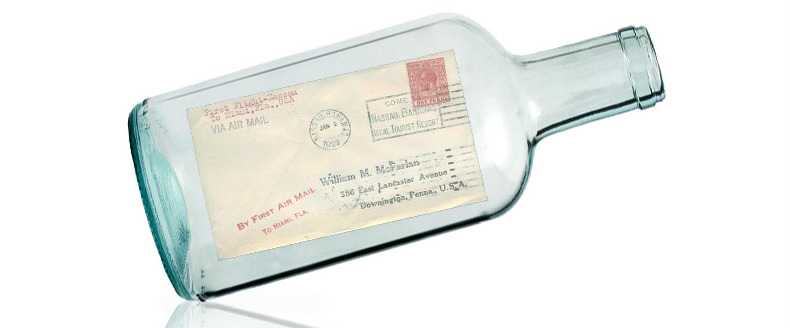Yesterday we got good advice from Brett Schenker about keeping our emails out of spam filters, and today Jerimee Richir follows up with some tips to boost your email performance that may seem counter-intuitive to some. Jerimee is a “community organizer + tech hack = code organizer” who provides community groups with greater access to tools via RichirOutreach.com, where this article originally appeared.
What say you, internet peeps? Drop the images or leave ’em be? Let’s fight it out in the comments.
Effective organizations use email to communicate with their supporters in a way that is personal and engaging. Often, organizations seek to use complicated layouts for their email template, when simple is much better. Good email design is 99% invisible. You should not have to think about the design of your email messages; energy invested in designing email templates is more effectively spent on targeting and messaging. For most organizations a text-only email will consistently outperform an email with graphics or layout elements such as columns.

The first thing to consider it that email templates aren’t like print flyers, which look the same no matter where you see them. Each email client displays code slightly differently, meaning that the best way to ensure that your emails look similar across email clients like Yahoo, Google and Outlook is to have as little code as possible. Keeping your mass emails simple and succinct will cut down on the possibility of problems.
Studies indicate that stripped-down, simple-in-form emails perform incrementally better than more elaborate formats as it relates to response rates (Mankani, 2011). Avoid using images because images can make your email look more like spam, and therefore reduce your ability to get your message to the largest audience possible. Less clutter in the body of the email means readers are more prone to respond to your message.
Another reason to argue against images is that not everyone has images enabled. If your image conveys unique info or is otherwise essential to the email, that information will not be accessible to all recipients. You should assume that a large portion of people will not see your images because the majority of popular clients, including Windows Live, Gmail and Outlook 2003 and 2007, block images as a default setting.
Even more important are the deliverability consequences of html-heavy email. Every email client (ie yahoo, gmail) wants to get you the “good” emails (ham) and block or hide or label promotional the bad emails (spam). Good emails tend to be from individuals and cc fewer than 10 people. They tend be plain-text without a bunch of fancy html. If they include an image, it is as an attachment.
So if you want your mass emails to go through you:
- Ensure they are from an individual with a human name
- Consist of something close to plain text
- Don’t add a bunch of images
That’s just for the deliverability component. You also have to worry about the human element. Fortunately, testing done over and over again year after year shows that people respond to advocacy emails similar to how the automated spam filters do.
The more simple your email is, the better. The more like a real person, the better.
There are bunch of reasons why orgs defy the best practices:
- They don’t know them
- They don’t test (or don’t test correctly)
- They are worried about looking undignified or unprofessional
- They are attempting to increase their brand awareness in the wrong medium
- The boss demands it based on his “gut feeling”
- They noticed that allied (or opposed) groups do it
These might explain the problem, but they don’t justify the mistake.
If you’re unconvinced and have extra time on your hands, all you have to do is test. Creating a culture of testing is great anyway. I would love a sustained test to show that I am mistaken. Ongoing testing is great, even when tests have shown the same thing for nearly 10 years. Perhaps the email medium will change one day, and testing will provide other valuable insight into that.
Remember that if your emails aren’t being opened or fully read, they aren’t able to accomplish their goals. Your focus should be on the message and making sure it gets to the right person. Minimal time should be spent attempting to subvert your supporters’ typical email experience. Less is more.


I’m just digging the Mankani cite.